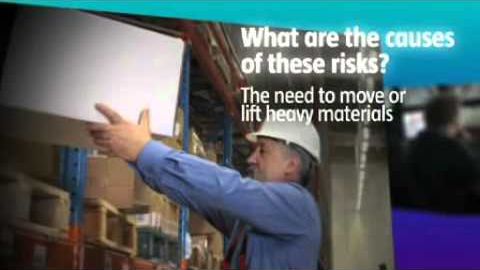筋肉の骨と関節 - 職場での健康リスク - 6のフィルム3 (Muscles Bones And Joints - Health Risks At Work - Film 3 of 6)
kuoyumei が 2021 年 01 月 14 日 に投稿  この条件に一致する単語はありません
この条件に一致する単語はありません- n. (c./u.)条件;期間;学期;用語;関係;項;妊娠期間;任期
- v.t.称する
US /pəˈzɪʃən/
・
UK /pəˈzɪʃn/
- n. (c./u.)見解 : 態度;位置;(スポーツの)位置 : ポジション;役職;状況 : 情勢;有利な立場
- v.t.位置づける : 置く;置く
- n. (c./u.)作品 : 著作物;作品 : 著作物;仕事;職場;作業結果 : 業績
- v.t./i.うまくいく;機能する;働く;努力する;動かす
- adj.仕事
エネルギーを使用
すべての単語を解除
発音・解説・フィルター機能を解除

